RespectTheWater
January 8, 2011 by admin
Filed under GuamWatermen'sClub, Special Forces
Guam loses far more people to rough surf on sunny days than it does to typhoons because, while some people respect the danger of storms, they discount the power of waves.
That’s what meteorologist Chip Guard said Thursday while explaining why beachgoers, paddlers, snorkelers and surfers should pay close attention to high surf advisories issued by the National Weather Service.
The advisories provide information that can help residents by showing them which beaches are safe, or what time of day will be calmer, Guard said. And sometimes, even on a beautiful day, the advisories will convince you it’s best to stay out of the water completely, Guard said.
“In these kind of situations, you only need to be wrong once,” Guard said. “You might go out there a lot, and survive every time, … but the wave only has to be successful once.”
Last weekend, Guam lost two paddlers — 18-year-old Ryan Cepeda and 21-year-old Kayleen Mendiola — when their outrigger canoe was overturned by powerful waves in Tumon Bay.
The rough seas had prompted the Weather Service to issue a high surf advisory that weekend. That advisory has since ended, but it won’t be long before dangerous conditions prompt another one, Guard said.
Weather Service senior forecaster Carl McElroy said he saw the powerful waves that pounded Guam’s coast last weekend. Many people don’t realize what a wave like that can do, he said.
“My first thought was: ‘Wow,’” McElroy said. “My second thought was fear. It’s terrifying to try and confront something like that.”
A 6-inch wave, moving at 30 mph, can knock a man off his feet, and an 18-inch wave can drag a car, McElroy said on Thursday.
For the Weather Service to issue a surf advisory, waves must have reached at least 9 feet on most beaches, or 12 feet on east coast beaches, McElroy said.
“At that point, you’re a cork in a big stream,” McElroy said. “You are not going to stop it from flinging you where it wants to go. People don’t realize that water is very heavy.”
A cubic meter of water weighs a metric ton, he said.
Rip currents
The powerful force of the waves pounding inward isn’t the only danger during a high surf advisory. Every drop of water that sloshes over the reef line has to retreat back to the ocean, and channels in the reef are the only way out.
“In the channel, the current is going out toward the ocean. The waves are breaking over the reef, and that’s dumping tons of water over the reef flat,” Guard said. “And that water has to go somewhere, so it goes back out through those channels, and those are the rip currents.”
Rip currents have enough force to tire swimmers and drag them outward — or downward — where swimmers could drown in deeper water, Guard explained.
A swimmer who is pulled out through a channel by a rip current could also be returned to the churning waves and be tossed back onto the hard, sharp reef, he said.
“The more water that comes over, the more water that has to drain out,” Guard said. “The more water that goes out, the stronger the currents are going to be. And when the currents are so strong, you are not going to be able to paddle against it or swim against it.”
In some reef channels, even small motorboats can struggle to fight the current, Guard said, so a surfer, paddler or swimmer can be overcome easily.
Roger Edson, a Weather Service science and operating officer, has been that swimmer — unable to get to shore, afraid to be swept away.
Years ago, Edson was snorkeling off the coast near Lost Pond when he got caught in a rip current only a few yards from the land. He was unable to gain ground against the current, so he clung to a rock and waited until a large wave tossed him to safety.
“It was scary as could be,” Edson said. “It was 1982 and I remember it like yesterday.”
Tumon Bay
Another one of those reef channels sits in Tumon Bay, about 10 yards offshore from the Hyatt Hotel, said Frank San Nicolas, a lifeguard instructor with two decades of experience.
San Nicolas said that channel factored into the paddling accident on Sunday. Lifeguards told paddlers to stay out of the rough waters, San Nicolas said, “but you can’t stop everyone.”
San Nicolas said he supports keeping paddlers and other beachgoers out of the water during high-surf conditions, but lifeguards need more authority to ensure sure this happens.
Many beachgoers just don’t listen, he said.
This paddling tragedy has brought more awareness to the rough surf, San Nicolas said, so swimmers might pay closer attention to lifeguards’ instructions for a while, but it won’t last forever, San Nicolas said.
Eventually, the lessons will fade, and the dangerous channel will remain.
“I hate to sound pessimistic, but I’ve been doing this for so long,” San Nicolas said. “These things happen. Snap decisions are made. … Once the surf goes down, … it just goes back to normal.”

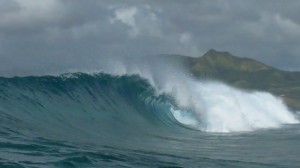



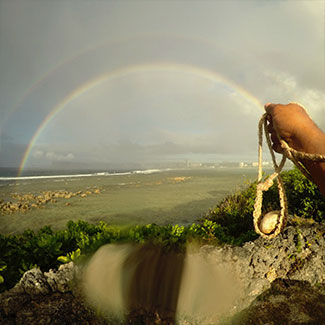
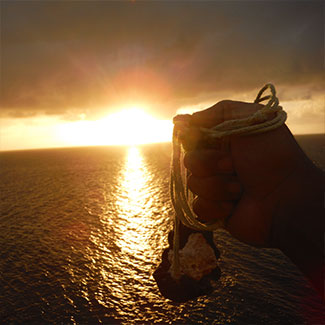
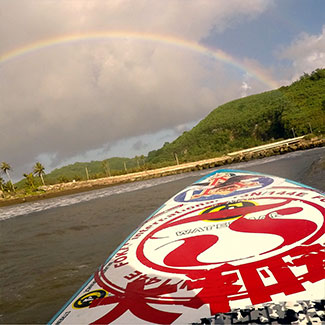
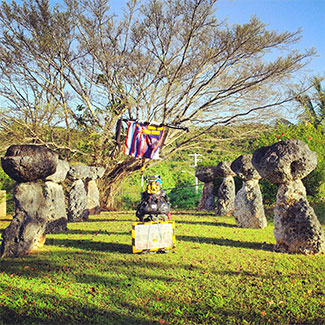
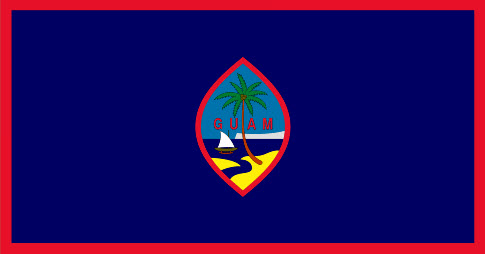
Comments
a penny for your two cents
and oh, if you want a pic to show with your comment, go get a gravatar!